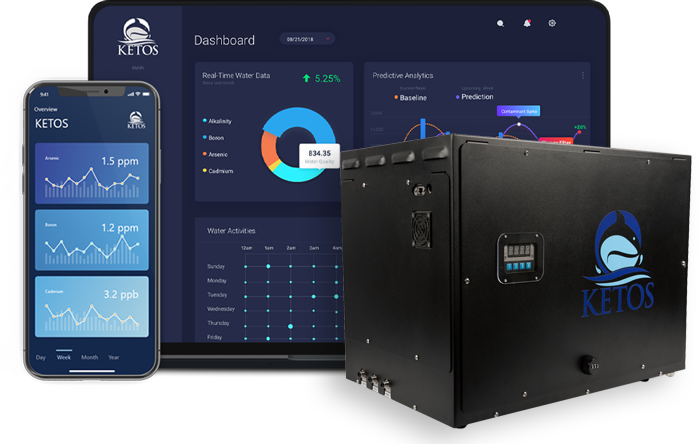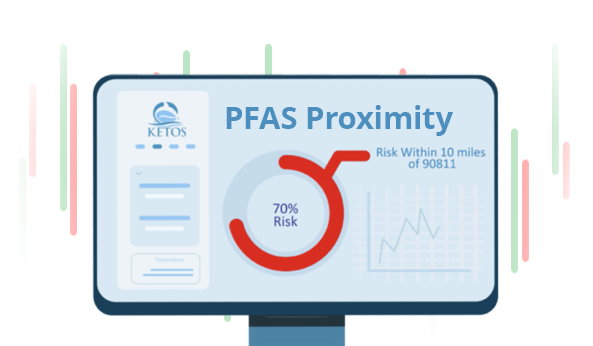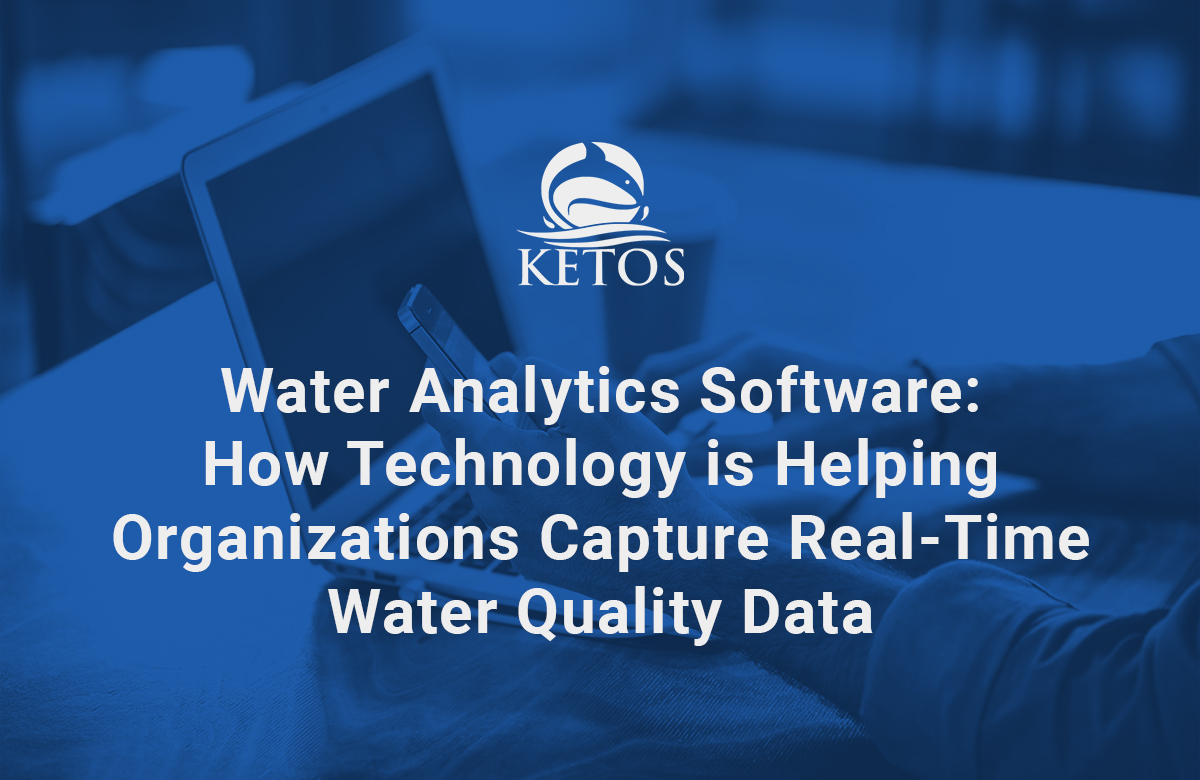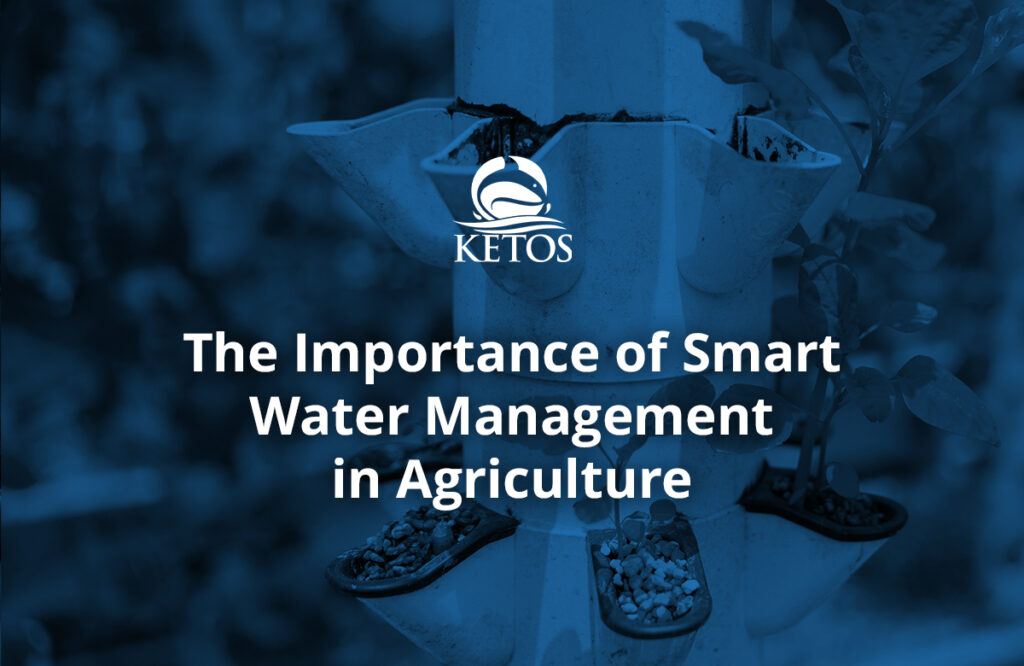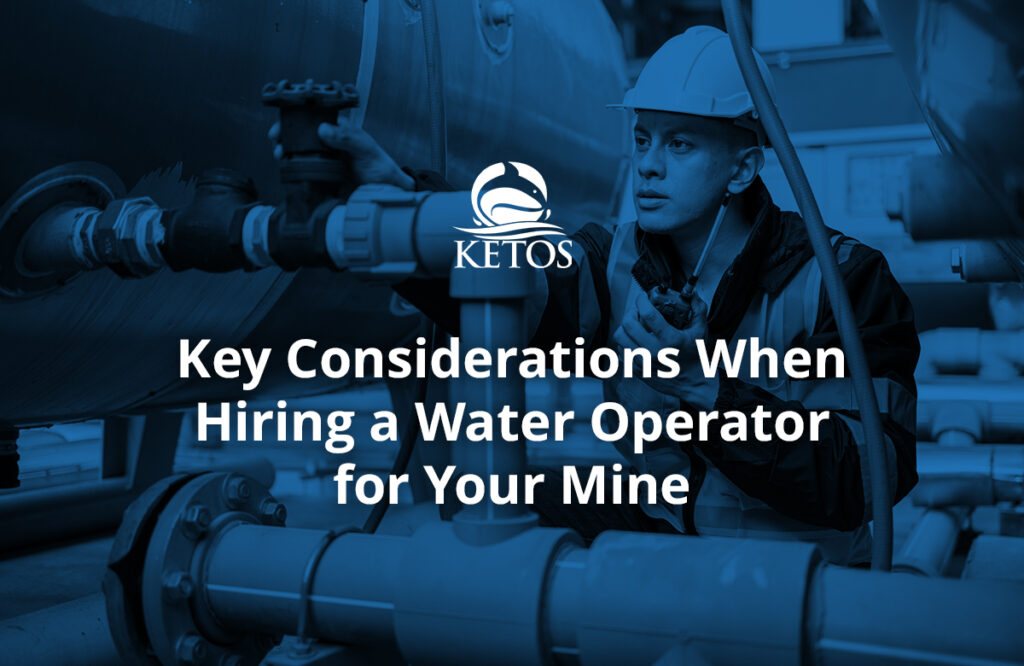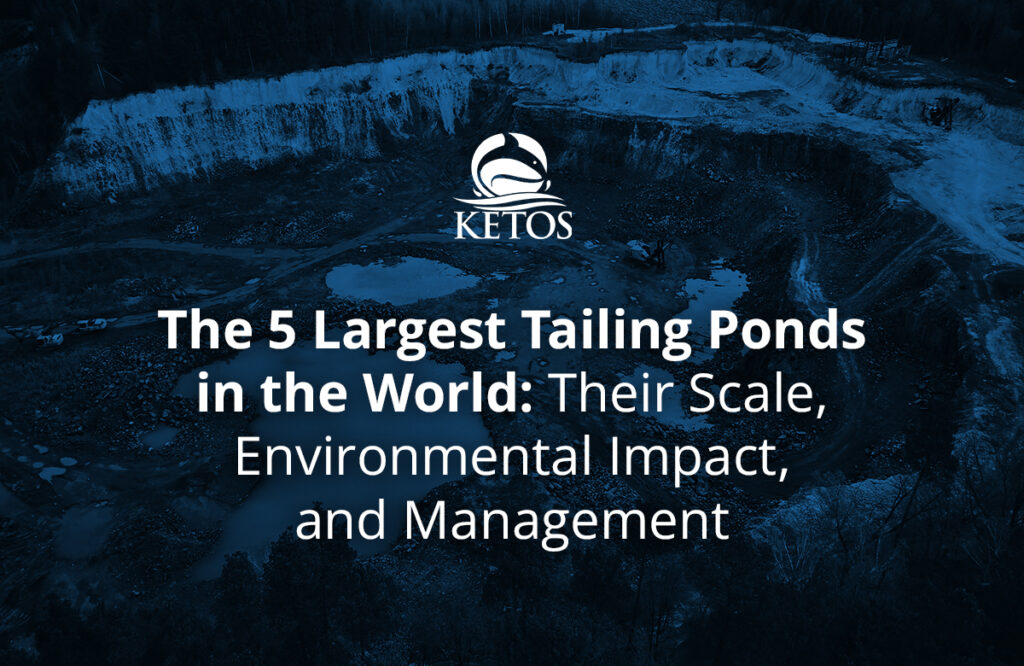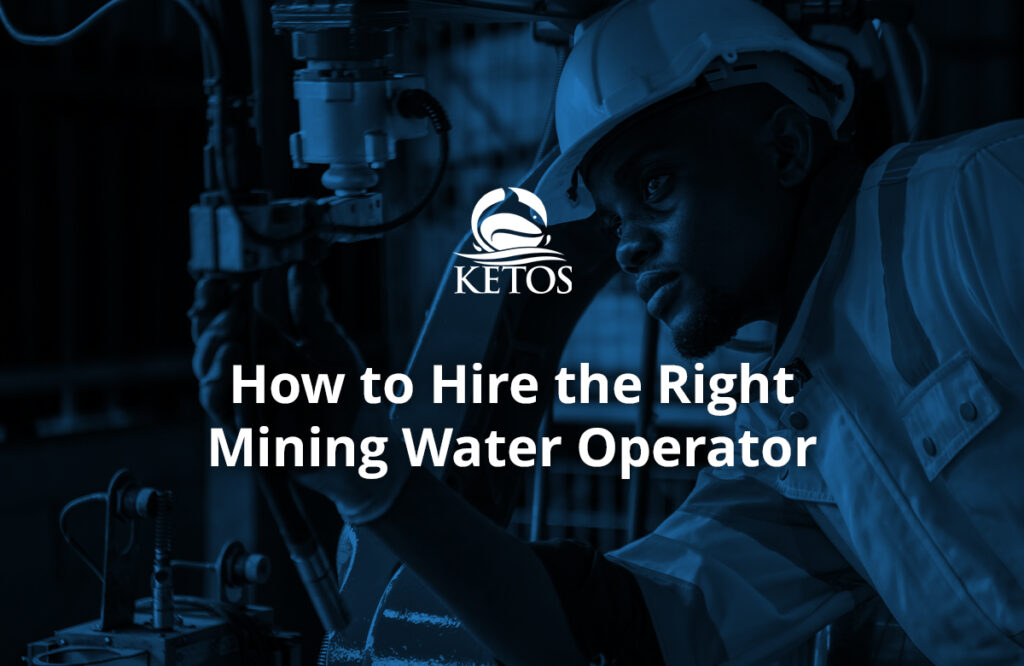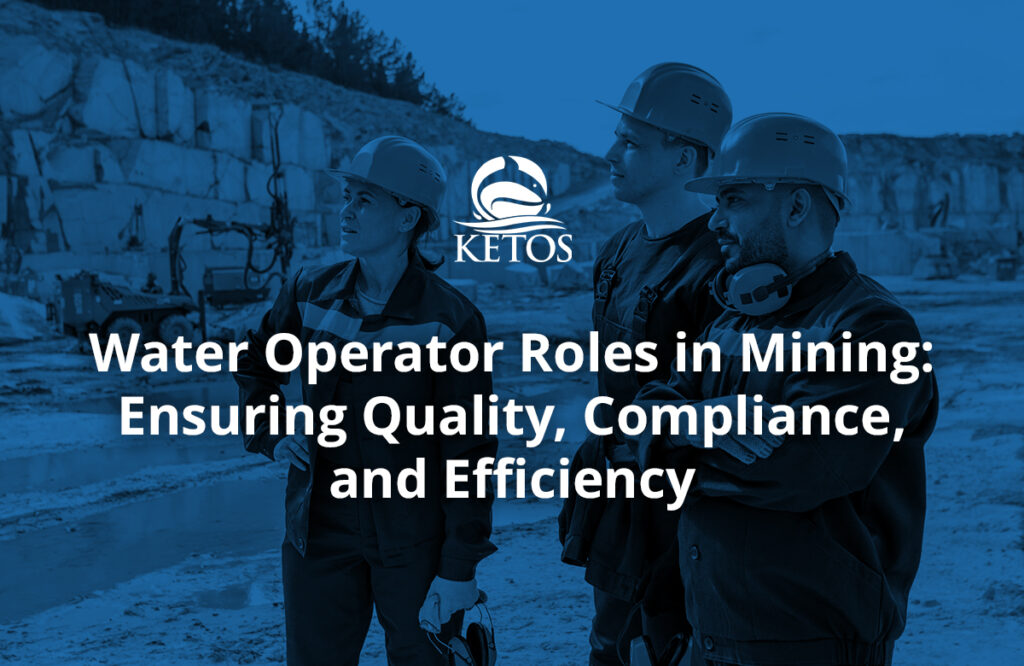With populations continuing to increase both in the US and abroad, water usage is also rising. Water supplies must be shared by communities and businesses while balancing use with the health of the surrounding environment. And, with climate change disrupting traditional water patterns and resources, the coming years will be critical in terms of striking a balance between environmental needs, industrial usage, and human consumption. As a result, many communities and businesses will have to regulate water better and implement more resilient water management systems. The good news is that technology – including data and analytics – can help.
What is Water Analytics Software
Water analytics software is a type of technology that can overlay existing water infrastructure. It can help pull data and analytics pertaining to water, including content, usage, discharge, quality, and more. For example, many water operations may use just one or a variety of software to help understand their water quality and usage to make informed decisions on day-to-day operations.
How Water Analytics Can Drive Decision-Making
Analytics can help companies make decisions on how to manage their operations. Data analysis can also help inform organizations about:
- The quality of the product in food production/bottling applications
- The health of crops in agricultural/vertical farm settings
- The availability of water sources in wells and aquifers or for distribution across municipalities
- The level of contaminants in wastewater discharge
- What contaminants (if any) are present in drinking water supplies
- What parameters need to be rebalanced or removed from industrial water or energy infrastructure to protect production and equipment
When water operators can track water quality and usage, they can make faster, more informed decisions that protect communities against contamination or equipment from downtime and damage. They can also build a fuller picture of water usage and applications and build out ways to use less water in operations. This is helping companies to save money, waste less water, and build environmental resiliency into their traditional practices. All of this begins with data collection. By quantifying quality and usage, better decision-making can happen in the moment to protect a company’s bottom line, a municipalities water supply, and everyone’s health and well-being.
Water and Wastewater Monitoring Challenges
While collecting data points is not a new phenomenon in the water industry, the main issue has been the disconnect between receiving meaningful data and acting on the results.
For example, traditionally, water operators have had to rely on manual water sampling. While some institutions may have on-site hand-held devices, if they are not cleaned, calibrated, and cared for carefully, overall accuracy may come into question. Other operations have relied on farming out the analysis to third-party labs. However, that process still requires on-site personnel to sample water supplies manually. It also means results may take days or weeks to return to the water operator, which means that decisions are based on old information.
There is also the risk of tracking the wrong parameters, building data silos around specific parameters, having data tracked in different ways by different people at different times, and having, in the end, too much data to sift through to make any actual, meaningful decision. In the end, water operators have had to make subjective judgments, and when trying to build more robust approaches to water management, it’s hard to qualify actions in a replicable way.
The Power of Water Analytics Software Water Quality Monitoring
When an organization has the power to collect data and collate it so that each data point becomes both meaningful and actionable, reasonable advances in water management can begin to take shape.
Many organizations are beginning to seek out software that doesn’t just ingest data and spit out spreadsheets. They are gravitating towards technology that can provide context to KPIs tracking. Advancements in AI, machine learning, automation, IoT, and cloud computing have proven extremely useful in water monitoring.
For example, not only are there devices that can automate testing on site right in existing water infrastructure, they can upload results via cloud technology into dashboards that can provide context to the tracked parameter. Water monitoring software components can now signal, for example:
- If chlorine is present in drinking water supplies (and at what levels)
- When there is too little or too much potassium in a farmer’s fertilizer or nutrient applications
- If there is a leak or main break in municipal infrastructure (and where)
- If heavy metals like lead or arsenic are leaching out of coal ash pits into surrounding waterways
- When wastewater is safe for discharge
- Water usage in operations
- The general quality of water for various types of use or consumption
By having software that can visualize water quality and usage, water operators are better equipped to make informed decisions. However, there is one extra added benefit to water analytics software beyond visibility, and that’s having visibility in real-time.
Real-time Water Quality Data: The Clear Benefit to Business
Previously, water operators would have to pull samples manually and could wait days or weeks for results. Sometimes, sampling happens late (or not at all), making the data collection cadence sloppy and unreliable. However, water analytics software that can pull samples has the added benefit of being timely.
When operators see real-time water quality data, they can react in the moment with just as much urgency as the situation requires. Leaks and main breaks are fixed faster, adjustments to chemical imbalances in equipment happen sooner, and temperature spikes can be addressed within seconds. This means less water is lost, infrastructure is protected, compliance is maintained, and fewer wasted batches – and, no matter what industry you are in, that all amounts to incredible cost savings over time just by catching an incident in real-time (as opposed to hours, days, or weeks after the fact).
KETOS: Visualizing Data, Making it Actionable
KETOS is an award-winning water quality monitoring platform comprised of a hardware device that can monitor 30+ different parameters in real-time and a cloud-enabled software that is interoperable. This allows water operators to centralize their water data, pulling all data points from KETOS and other in-house systems (such as HACH and SCADA) into one dashboard that is accessible from any device (including phones and tablets).
KETOS’ cloud-enabled software allows operators to receive and visually assess their water quality in real-time with water data analytics. Armed with threshold alerts and capable of following a wide range of parameters, water operators can see water quality and parameter spikes and act accordingly on the most up-to-date information available. This allows for more thoughtful reactions to KPI readings.
Data is also collected and stored so that, over time, a bigger picture of water quality and usage reveals itself. Operators can track parameters and use over time, leveraging AI and machine learning, to make prescriptive rather than reactionary decisions about their water. This will allow organizations to build resiliency plans over time, helping them find ways to reduce chemical applications and water usage while protecting infrastructure and reducing downtime. Water data analytics play a pivotal role in uncovering patterns and trends in water quality and usage, enabling operators to make proactive decisions informed by AI and machine learning algorithms, ultimately enhancing resiliency and sustainability in water management practices over time.
